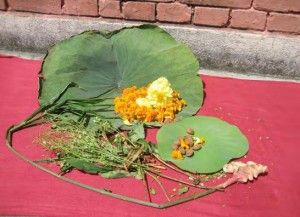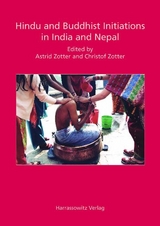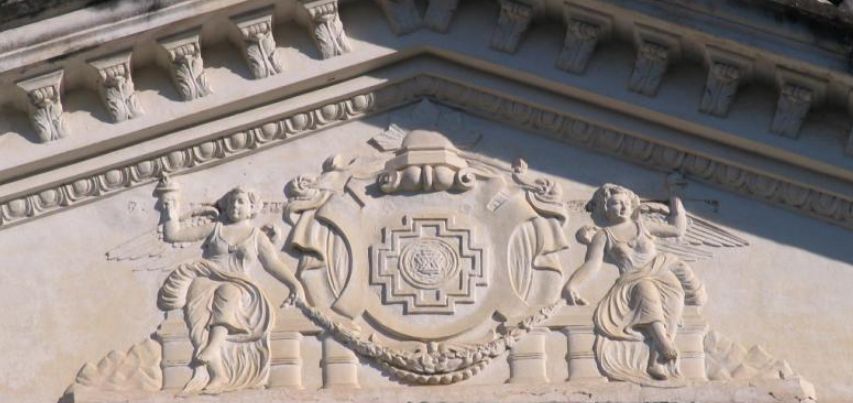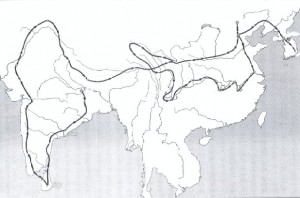Nika Jovic. The Cult of the ’Go ba’i lha lnga: A Study With Pictorial and Written Material of the Five Personal Deities. M. A. thesis, Universitat Wien, 2010. 148 pp. [official site / PDF]
This thesis contains editions and translations of several Tibetan ritual texts: the ’Go ba’i lha lnga’i bsangs mchod by Ku saʼ li dha rma ba dzra (A), the ’Go baʼi lha lngaʼi bsang chog by Ku sa li dha rma ba dzwa (B), the ’Go ba’i lha lnga’i bsangs chog by the Ku sa li dha rma ba dzra (C) ‘Go ba’i lha lnga’i bsangs mchod by Ku sa li dha rma bdzra (D), the ’Go ba’i lha lnga’i bsangs mchod by Su pra mi dha rma ba dzra (E), the Lha lngaʼi gsol mchod bsod nams dpal skyed by Zhor sngags smyon (F), the ’Go ba’i lha lnga’i gsol mchod bsang dang bcas pa yar ngoʼi zla rgyas zhes bya ba by Ka rma ngag dbang yon tan rgya mtsho (G), the ‘Go ba’i lha lnga’i gsol mchod phen bdeʼi ʻdod ʻjo zhes bya ba by bTsun gzugs bLo bzang chos kyi nyi ma (H) and others.
From the Introduction
The following work is based upon my research on transcendental beings (Tib. lha) who belong to the category of Tibetan protective deities (Tib. srung ma). Continue reading “Jovic, ‘The Cult of the ’Go ba’i lha lnga’ (2010)”


 Mori, Masahide. Indo mikkyō no girei sekai (The Rituals of Tantric Buddhism in India). Sekai Shisōsha, 2011, 340pp. ISBN 978-4-7907-1498-9. [
Mori, Masahide. Indo mikkyō no girei sekai (The Rituals of Tantric Buddhism in India). Sekai Shisōsha, 2011, 340pp. ISBN 978-4-7907-1498-9. [
 Astrid Zotter and Christof Zotter (eds). Hindu and Buddhist initiations in India and Nepal. Ethno-Indology, v.10. Wiesbaden: Harrassowitz, 2010. 380 p. ISBN 9783447063876. [
Astrid Zotter and Christof Zotter (eds). Hindu and Buddhist initiations in India and Nepal. Ethno-Indology, v.10. Wiesbaden: Harrassowitz, 2010. 380 p. ISBN 9783447063876. [ Dipak Kumar Barua. New Vajrayāna Mystic Songs from Nepal. A study on the Nava Caryāpada with texts and translations. Saarbrücken:
Dipak Kumar Barua. New Vajrayāna Mystic Songs from Nepal. A study on the Nava Caryāpada with texts and translations. Saarbrücken: 


